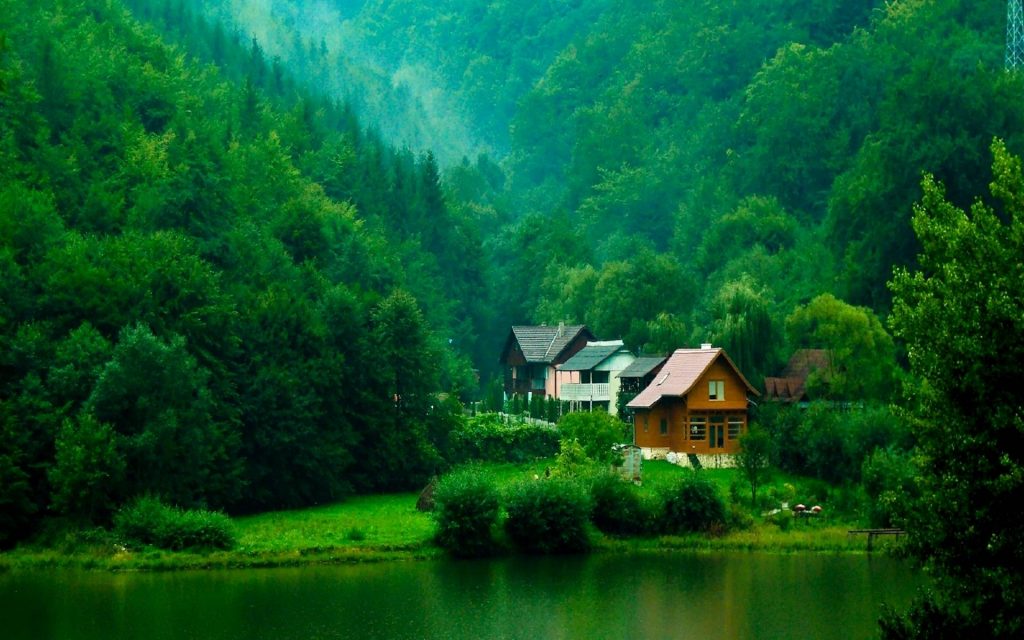Introduction – Community Participatory in Watershed Management
In most southeast Asian countries, watershed protection has been the overt objective of a great deal of government policy dealing with management of upland areas (Swallow, Garrity & van Noordwijk, 2001). In many cases, watershed projects ask the poor people who use upper watersheds to provide an environmental service for their wealthier neighbors in lower watersheds (Kerr, 2002). When this is not accompanied by appropriate compensation to the people in upland areas, watershed projects face difficulties during implementation.
Difficulties in the implementation of watershed management also relate to the complex characteristics of the watersheds: multiple communities may use upper and lower reaches for multiple purposes; watershed resources provide different services to different users; and users are affected differently by resource use decisions (Kerr, 2002; Johnson et al., 2001). To make watershed development more successful and sustainable, participation of the stakeholders, for example local people, is therefore an important issue. Development should therefore also involve, not only people in the upper reaches, but also those in the lower reaches.
To succeed, watershed management has to be participatory. This is one of the lessons coming out of decades of failures of centrally-planned watershed development projects through which local people have been either coerced or paid to undertake terracing, bunding, destocking and other technical measures that external experts believed would cure watershed degradation (IDB, 1995; Kerr, Sanghi and Sriramappa, 1996; Pretty and Shah, 1999; Rhoades, 1998). Thus, participation is expected to achieve what coercion and subsidies could not, namely to make watershed development more successful and sustainable.
